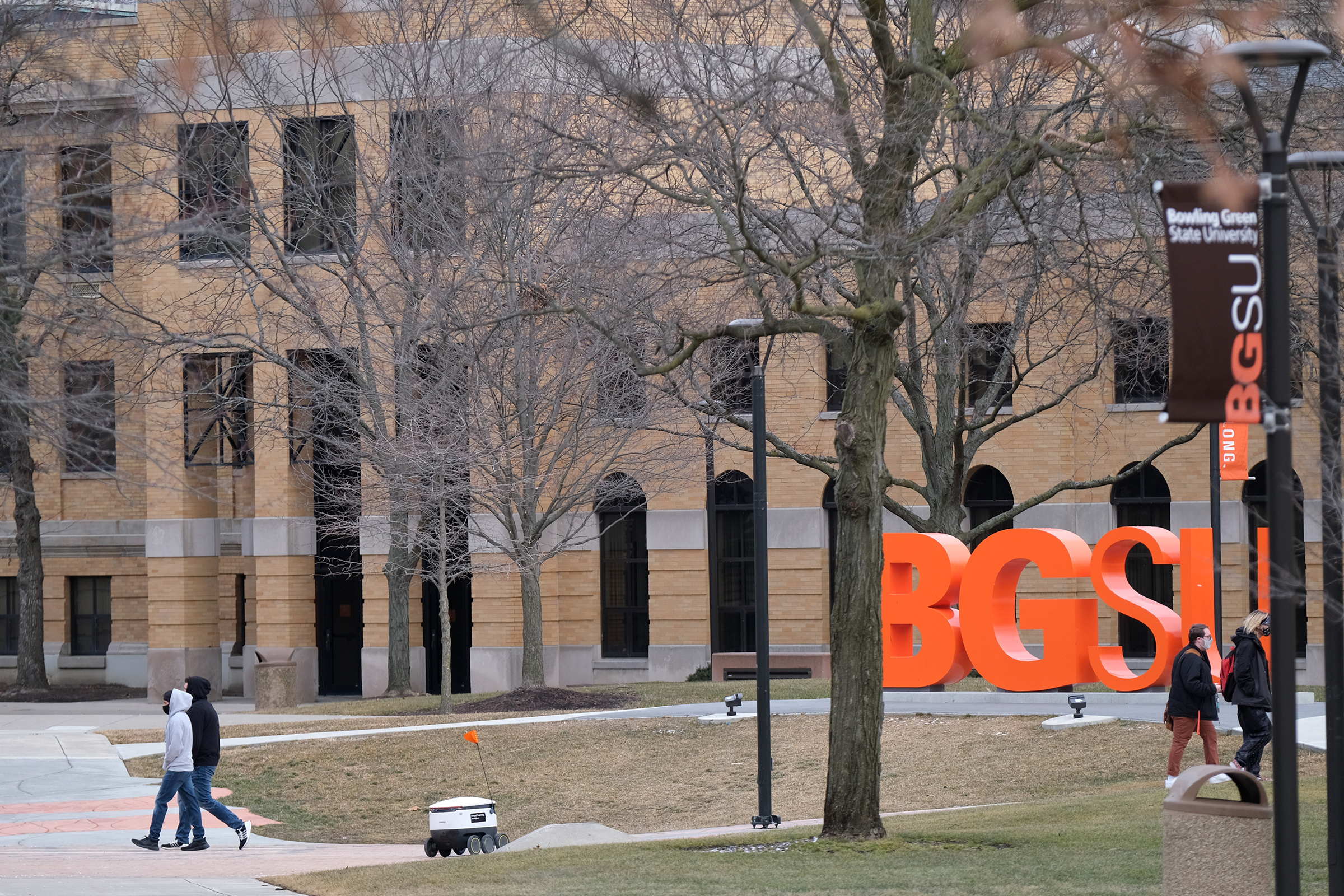
The $3.1 million cut from the Bowling Green State University budget last spring is part of the education
funding being restored by Gov. Mike DeWine’s executive order and will allow the next faculty raises.
“The reduction that we experienced in May and June of last summer was approximately $3.1 million, so that
is for sure being restored, based on what I have read and understand at this 2021 point in time,” BGSU
Vice President of Finance and Administration and Chief Financial Officer Sherideen Stoll said.
“Saying thank you seems like such a small thing,” Stoll said. “I really cannot express how much this
means. This has not been easy for anybody, our citizens, our parents, our faculty, our staff. This has
not been easy for anybody. To have this funding restored, it is difficult to express how grateful we
are.”
DeWine on Jan. 20 signed the executive order partially restoring Fiscal Year 2021 education payments.
“In the springtime, the impact of the COVID-19 pandemic on the global economy, and on Ohio’s revenues,
was dire. With this, reductions were made to the state’s biennial budget,” he said.
The state is finalizing current year budget reductions at $390 million across all agencies, which is less
than the cuts implemented last year. The Department of Education will receive an additional $160 million
and the Department of Higher Education will get an additional $100 million of enacted fiscal year 2021
General Revenue Fund appropriations previously withheld.
“As many schools, colleges and universities return to in-person learning, it’s important that the funding
be reinstated,” DeWine said.
The BGSU finance office is verifying the total, because it could be an even larger amount, Stoll said,
but it depends on whether or not it’s being restored from the 2020 fiscal year or 2021 fiscal year.
Until verification from the state Stoll believes it could be as much as $3.3 million, but is at least
$3.1 million.
“Depending on which base they use, it could be more than that,” Stoll said. “We worked through it today
and could not completely reconcile to their number.”
This is not the first time the budget numbers have been under question.
“Because of the pandemic, they (the state) had several corrections that they have sent out. It’s just
making it really difficult,” Stoll said.
She referred to the timeline of cuts and restorations as “tortured.”
In May there were 119 jobs cut from the university payroll, along with a variety of furloughs. The master
furloughs were later reversed. These did not include furloughs from the athletic budget, which Stoll
said is separate and not receiving any of the $3.1 million.
In addition to that $3.1 million cut, she said, “We were told, not in writing, as were the other schools,
that we should probably be planning for a 20% reduction in FY21. So for us, that was about … another
$14.2 million.”
Stoll said they were forced to make “guesstimates,” in budgetary planning, which involved the decision to
make the 119 job cuts.
There were several rounds of budget discussions, she said, but the state eventually came back in early
July canceling the 20% reduction for fiscal year 2021.
The implications of the returned funds will be pivotal for the university in following through with
contractual obligations with faculty, Stoll said.
“Right now, just based on where we’re at in the budget planning cycle for next year, essentially the
funds will enable us to fund next year’s faculty salary increase (FY 2022) that we are contractually
committed to fund,” she said.
The next raises for the 761 employees covered in the union contract will be an estimated 2.5% of the base
salary increase.
On the surface it would look like the university should be back to the previous budget, but preliminary
spring enrollment numbers are down. Enrollment is a large part of the budget planning criteria.
The head count on the main campus is down 3%. Student credit hours are down 3.3% and full time equivalent
is also down 3.3% for undergraduates.
“I can tell you, from a budget perspective, we are down. From revenue generated, from students coming
here, we are down. We also saw an increase in part-time students and a decrease in full-time students,”
Stoll said of spring semester enrollment numbers. “Budgetarily we’re down and the challenge for us is
our freshmen class, for the current year, is down 300.”
With those numbers worked in the budget Stoll had this to say about the possibility of rehiring the 119
lost employees.
“Well, it’s the same alternatives we always face. We either find ways to increase our revenues, decrease
our expenses, or some combination of the two. It’s our only choice. When we reduce expenses that’s very,
very difficult. Like for most universities, our single biggest cost involves people and benefits, so
that’s difficult,” Stoll said.

